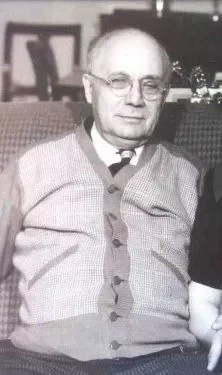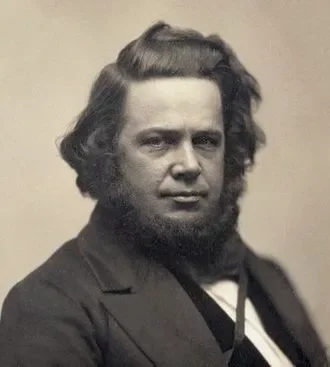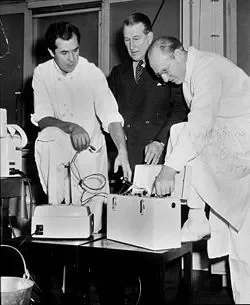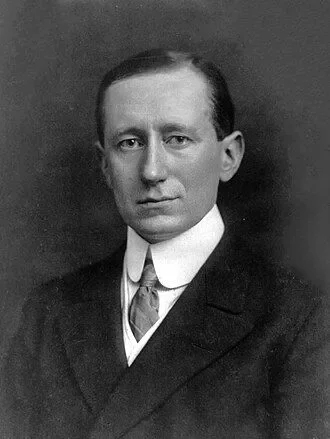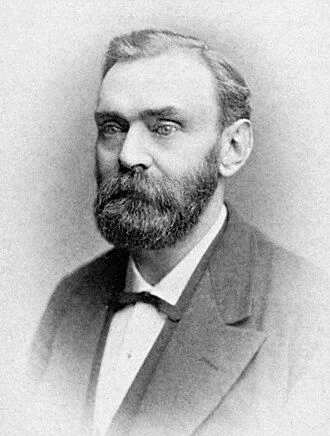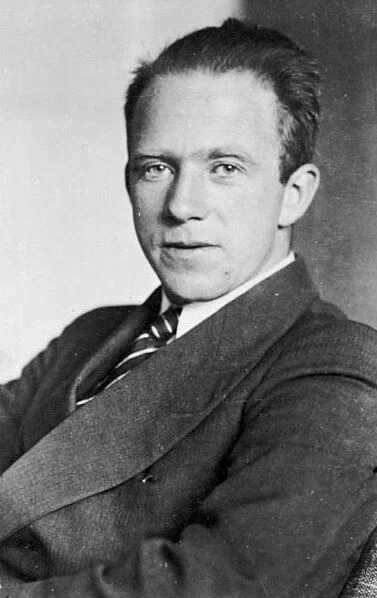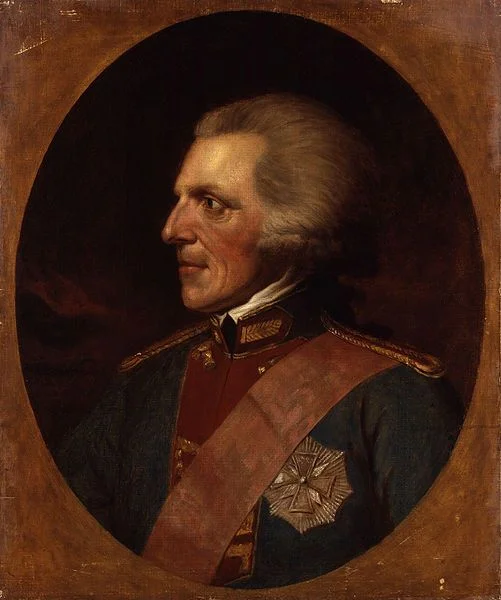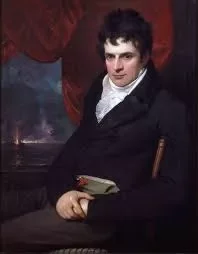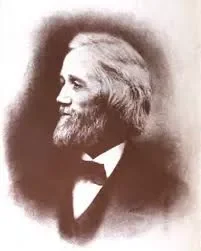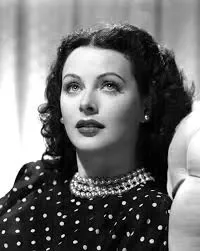Real Celebrities Never Die!
OR
Search For Past Celebrities Whose Birthday You Share
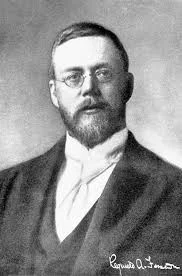
source:https://www.britannica.com/
Reginald Fessenden
Birthday:
06 Oct, 1866
Date of Death:
22 Jul, 1932
Cause of death:
Heart attack
Nationality:
Canadian
Famous As:
Engineer
Age at the time of death:
65
Early Life and Background
Reginald Aubrey Fessenden (1866–1932) was a Canadian inventor who played a key role in the early days of radio communication. He was born on October 6, 1866, in East Bolton, Quebec. Fessenden showed a strong knack for science and technology from a young age. His father, an Anglican minister, and his mother—who was related to the American politician Noah Webster—supported his curiosity about the world around him. This nurturing greatly fueled his interest in electricity as well as the new field of wireless communication.
Work with Thomas Edison
Fessenden started his career at Bishop’s College in Quebec but didn’t finish his degree. Instead, he went to work with Thomas Edison in New York City in 1886. He climbed the ranks fast within Edison’s company and played a part in significant advancements in electrical engineering. Yet, Fessenden had bigger dreams than just working for Edison; he wanted to dive deep into wireless telegraphy.
Work in Wireless Communication
By the late 1890s, Reginald Fessenden began working on his own, getting patents for a variety of inventions linked to wireless communication. His most impactful work emerged in the early 1900s. Unlike many of his peers who were stuck on Morse code, Fessenden sought to send voice and music without wires. A major milestone came on December 23, 1900—he successfully transmitted human speech over about one mile. This event marked the first audio radio transmission.
The First Radio Broadcast
His most acclaimed success occurred on December 24, 1906. From Brant Rock, Massachusetts, Fessenden broadcasted what is often labeled as the first radio program. The transmission included a violin piece, a reading from the Bible, and even a phonograph recording. That occasion showed how radio could carry more than just coded messages; it could share music and speech too—this paved the way for modern broadcasting.
Reginald Aubrey Fessenden's Quote's
Challenges and Legal Struggles
Nonetheless, financial struggles and legal troubles shadowed Fessenden’s groundbreaking career. Conflicts arose with various companies he worked with—such as the National Electric Signaling Company that he co-founded. These issues often revolved around patent rights and led to many lawsuits that drained him financially and hindered his ability to benefit from his inventions.
Later Years and Legacy
In his later years, Reginald Fessenden kept inventing and securing patents across different areas like sonar technology and even television. However, he did not gain the fame or financial reward that some of his contemporaries received. He passed away on July 22, 1932, in Bermuda without much acclaim for his significant contributions to radio development. Only after he died did people start recognizing his groundbreaking role in radio communication; today he’s seen as a crucial figure in the invention and growth of modern radio broadcasting.
Name:
Reginald Aubrey Fessenden
Popular Name:
Reginald Fessenden
Gender:
Male
Cause of Death:
Heart attack
Spouse:
Place of Birth:
East Bolton, Quebec, Canada
Place of Death:
Bermuda
Occupation / Profession:
Personality Type
Innovator: Fessenden’s remarkable contributions to radio technology and his forward-thinking methods for addressing intricate challenges establish him as a trailblazer in the field of communication.
Fessenden made the first voice transmission over radio waves on December 23, 1900, asking "Is it snowing where you are, Mr. Thiessen?" over a distance of about 1.6 kilometers (one mile)
He held over 500 patents in various fields, including radio, sonar, and television technology
Fessenden invented the Fessenden oscillator, an early form of sonar, which could both send and receive underwater acoustic signals
On Christmas Eve 1906, Fessenden made what is considered the first public radio broadcast of entertainment and music, playing violin and reading Bible verses
Secured more than 500 patents across various fields, including wireless communication, sonar, and television technology.
Successfully transmitted the first known audio (human speech) radio transmission on December 23, 1900, over a distance of about one mile.
Conducted the first radio broadcast of entertainment and music on December 24, 1906, from Brant Rock, Massachusetts, including a violin performance, a Bible reading, and a phonograph recording.
Developed the concept of continuous wave transmission, which was crucial for transmitting voice and music over radio waves, moving beyond the limitations of Morse code.
Co-founded the National Electric Signaling Company, where he advanced his work on wireless communication and secured key patents in the field.
These achievements highligh
Contributed to the development of sonar technology, which is used for underwater detection and navigation.
